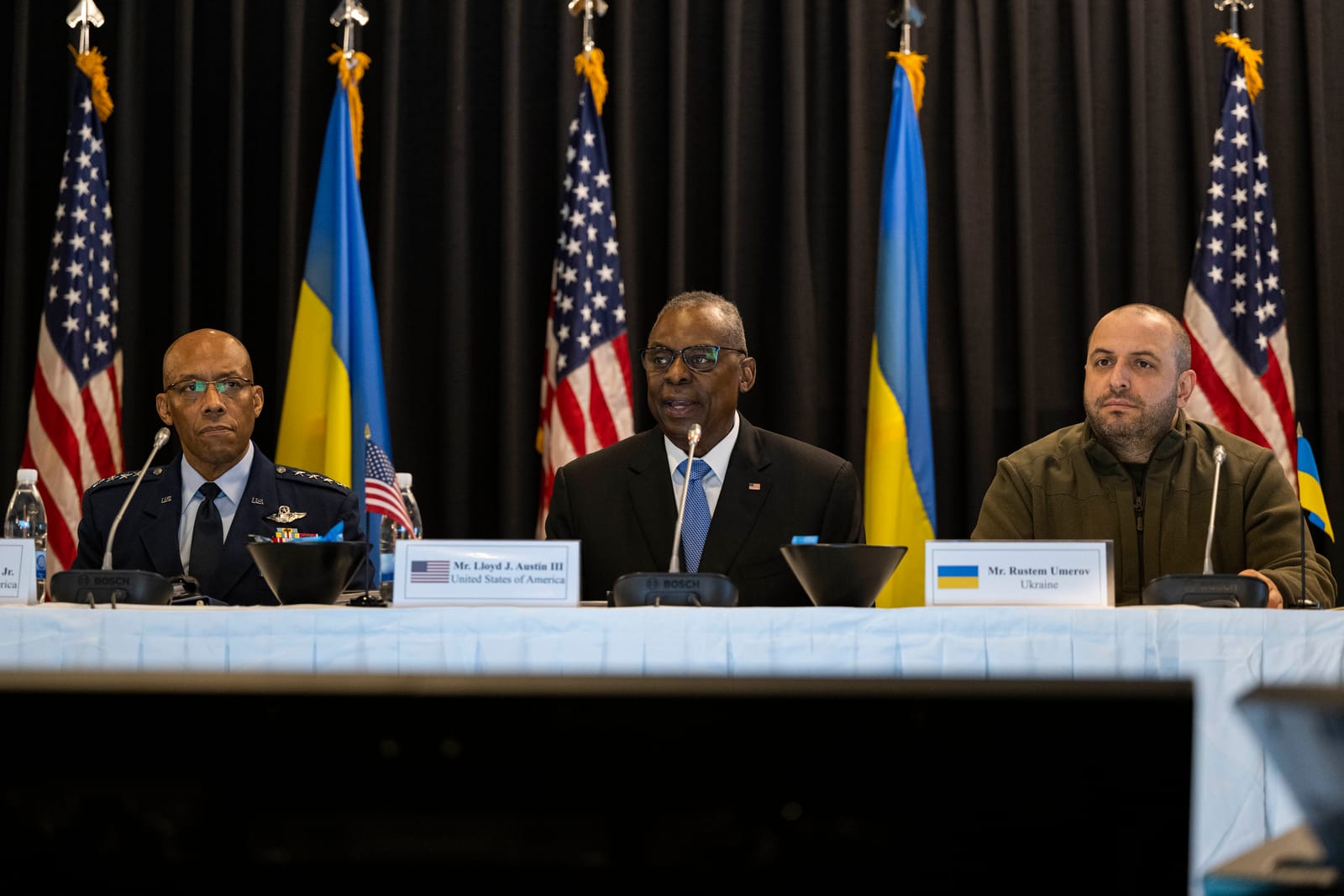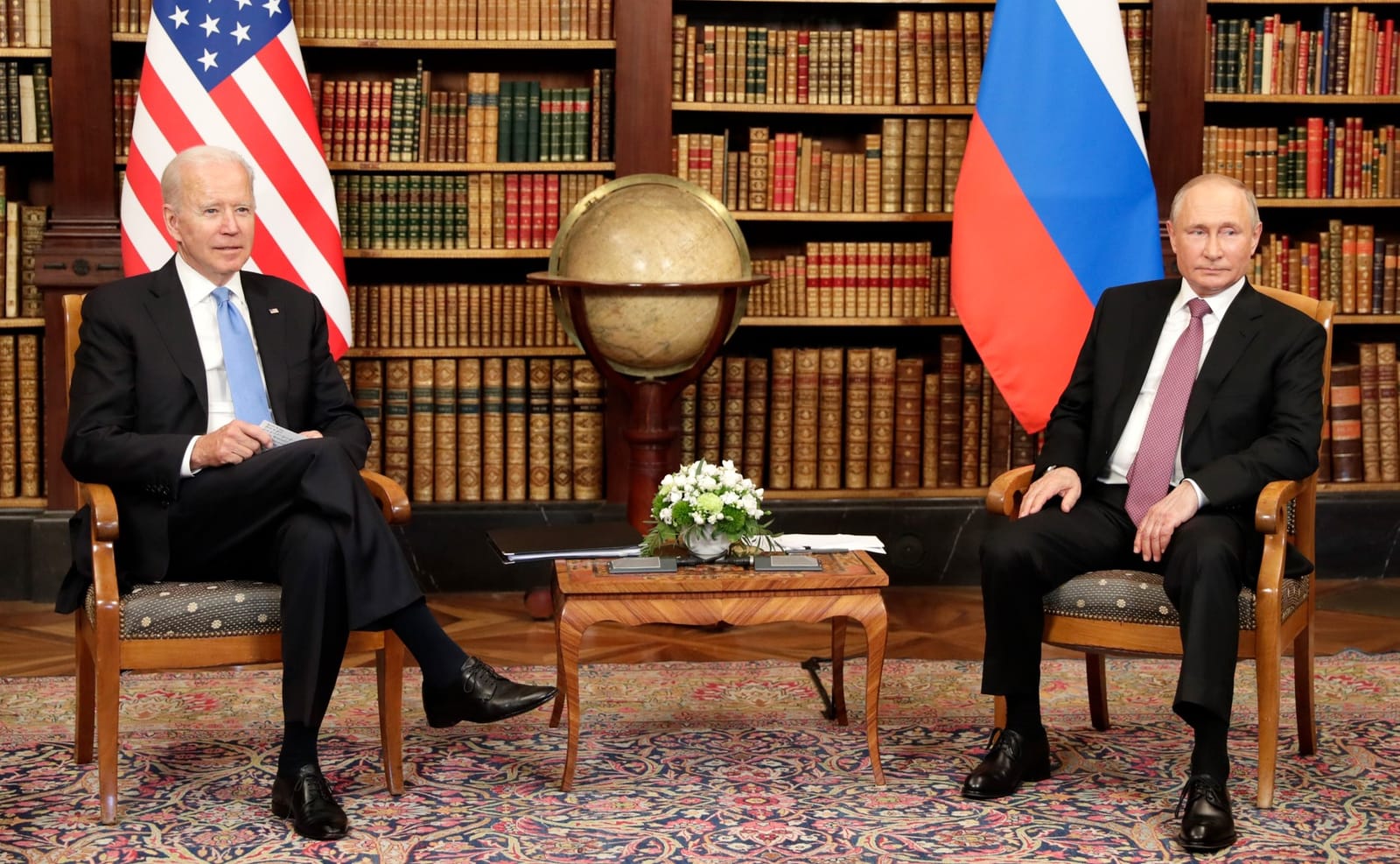So-called hybrid warfare has been the subject of much debate and doctrinal thinking in recent years, resulting in frenzied thinking within academia and government ministries and even the establishment of dedicated research centres.[i] The term is now used more or less interchangeably with variants such as ‘non-linear’ operations, ‘sub-threshold’ and ‘grey-zone’ warfare’ and traditional concepts such as ‘indirect’ warfare to describe offensive campaigns that are aimed at securing incremental strategic gains whilst calibrated to remain below the threshold of major war. The emphasis is placed on deniable activities such as subversion, cyberwarfare, interference in financial markets, disinformation, electoral tampering and other covert and indirect influencing methods, alongside traditional warfighting. Although conceptually appealing, there are however at least three issues that arise from the hybrid warfare debate.
The first problem stems from the claim that ‘hybrid’ approaches are a recent phenomenon. Indeed, indirect forms of warfare that seek to avoid conventional, head-on clashes with the adversary are arguably as old as warfare itself. Probably writing around the 5th century BC, the Chinese general Sun Tzu already espoused the merits of such approaches, suggesting that “indirect tactics, effectively applied, are inexhaustible as heaven and earth.”[ii] Quintus Fabius Maximus Verrucosus caused controversy in Rome during the Second Punic War of 218-201 BC when, adhering to this logic, he instructed his forces to shy away from direct engagement with Hannibal’s superior forces.[iii]
Three centuries prior to the use of motorcycle gangs and other proxy groups in eastern Ukraine, European colonial powers employed privateers to undermine each other’s economic influence on the high seas, whilst avoiding head-on war. In the lead-up to the American Revolution, and well before the now often-used ‘threat network’ was coined, France developed a web of informants that included fishermen and members of the clergy to stay appraised of British movements in Spanish Louisiana.[iv] Britain responded in kind during the Peninsular War of 1808-14, when the Duke of Wellington harnessed Spanish and Portuguese irregulars to observe and, ultimately, repel the French army.[v]
In a similar vein, Russian revolutionary propaganda of the early 20th century was not overly dissimilar to modern disinformation campaigns propagated via social media platforms. Bolshevik communication combined newsreels, pamphlets, posters and even decorated ‘agit-trains’ equipped with film projectors aimed at (literally) carrying ideas to the largely uneducated rural population.[vi] World War two subsequently redefined the rules of clandestine warfare, witnessing the birth of modern special operations and the establishment of networks of subversion and sabotage that dwarfed Russia’s contemporary squadrons of ‘little green men’. Semi-deniable proxies then became one of the defining characteristics of the Cold War, with Congolese dictators, revolutionary guerrilla groups, Mujahedeen fighters and even Laotian drug lords all recruited as agents of superpower geopolitical rivalry.
A more convincing argument - from a historical standpoint at least - might be that indirect activities tend to appear at times of structural change in the international system. Indeed, periods characterised by multipolarity and contestation between great or medium powers seem to be more likely to witness attempts at expanding spheres of influence or renegotiating the status quo through all available levers, including more discrete or irregular policy instruments. It should not be surprising, therefore, that such activities are re-emerging after the period of hegemony that followed the end of the Cold War.
The second problem with the hybrid and non-linear warfare debate is that it assumes that very different policy tools can be applied as part of a clearly orchestrated and centrally coordinated ‘symphony of effects’. Here, various levers of state influence (military, trade, development, diplomatic, and so on) are all treated as readily deployable components of highly integrated campaigns. This notion may be conceptually appealing to strategists, military audiences and planners but fails to recognise the extent to which separate instruments of power typically fall within different parts of a state’s architecture, spanning across departments and ministries with opposing agendas and often competing for funds. It was perhaps this realisation that led Sergey Lavrov, Russia’s foreign minister, to concede that “today, international relations are too sophisticated a mechanism to be controlled from one centre.”[vii]
This leads us to the third problem with the hybrid warfare debate: that it may well constitute a fundamental strategic and doctrinal distraction. States will inevitably adopt a plethora of approaches in the pursuit of their national interests, but this arguably constitutes the traditional conduct of foreign policy, rather than a directed warfare campaign per se.[viii] China’s Belts and Road Initiative (BRI), proposed government-backed digital currency (a likely attempt to challenge the dominant position of the dollar in international finance) and increased control over the global communications infrastructure via companies like Huawei almost certainly reflect very real attempts at expanding its economic and political influence.[ix] However, labelling these activities as hybrid warfare is perhaps a bit of a stretch, particularly when they involve projects spanning across multiple decades.
Ultimately, the risk is that strategists and policy makers send themselves into a conceptual tailspin, devising detailed responses to highly hypothetical, or perceived scenarios. Illustrative of this problem was the speed with which Western commentators pointed to a speech by Russian General Valery Gerasimov in which he described how subversion and propaganda could turn “a perfectly thriving state [...] into an arena of fierce armed conflict” as evidence of a new Russian doctrine.[x] Speaking at the time of the Arab Spring, Gerasimov was in fact highlighting his own national security concerns, rather than revealing any kind of strategic intent. [xi]
Rather than constantly seeking further confirmation of the existence of a hypothetical doctrinal blueprint or ‘way of war’, policymakers and strategists might find it more prudent to take the macro view, clarify their geostrategic interests, and then deduce the ways in which those same interests might be undermined in different contexts by various competitors through a multitude of approaches that will inevitably be indirect and almost always specific to those same contexts. Strategic buzz words, however appealing, should not become an obstacle to coherent and tailored foreign policy.
Foto: Russian leiesoldater i Libya (SoMe)
Notes and sources
[i] The term Hybrid Warfare was first proposed by Frank G. Hoffman in 2006.
[ii] Sun Tzu, The Art of War (Translated by Lionel Giles), Dover Publications, New York, 2002, p.55.
[iii] P. Hunt, Quintus Fabius Maximus Verrucosus, Roman Statesman and Commander, Encyclopaedia Britannica, https://www.britannica.com/biography/Quintus-Fabius-Maximus-Verrucosus.
[iv] See for example L. D. Ferreiro, Brothers at Arms: American Independence and the Men of France and Spain Who Saved It, Borzoi Books, New York, 2016.
[v] See H. J. Davies’ Spying for Wellington: British Military Intelligence in the Peninsular War, University of Oklahoma Press, Norman, 2018.
[vi] R. Taylor, A Medium for the Masses: Agitation in the Soviet Civil War, Soviet Studies, Vol. 22, No. 4, April 1971, pp. 562-574.
[vii] S. Lavrov, Russia’s Foreign Policy: Historical Background, Russia in Global Affairs magazine, March 2016, https://www.mid.ru/en/foreign_policy/news/-/asset_publisher/cKNonkJE02Bw/content/id/2124391.
[viii] Placing foreign policy tools such as trade agreements in an inferior conceptual position to warfare also challenges the fundamental Clausewitzian principle that war merely constitutes one amongst many different means of achieving political objectives.
[ix] See for example S. Fleming and S. Pickford, Digital Currencies: Economic and Geopolitical challenges, Chatham House, January 2021, https://www.chathamhouse.org/2021/01/digital-currencies-economic-and-geopolitical-challenges.
[x] See M. Galeotti, ‘I’m sorry for creating the Gerasimov Doctrine’, Foreign Policy, https://foreignpolicy.com/2018/03/05/im-sorry-for-creating-the-gerasimov-doctrine/.
[xi] Ibid.







